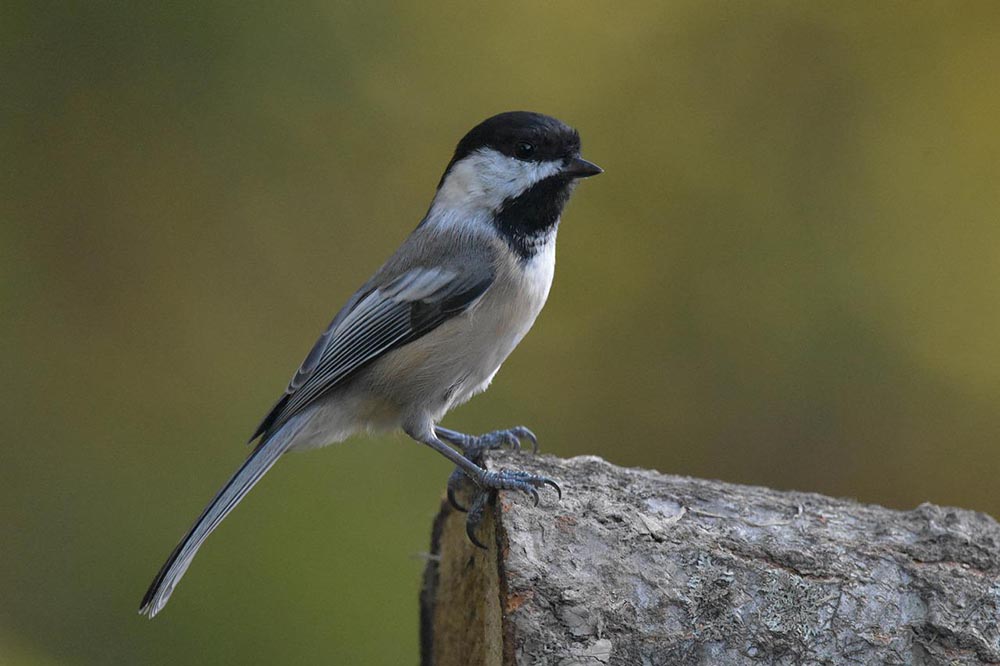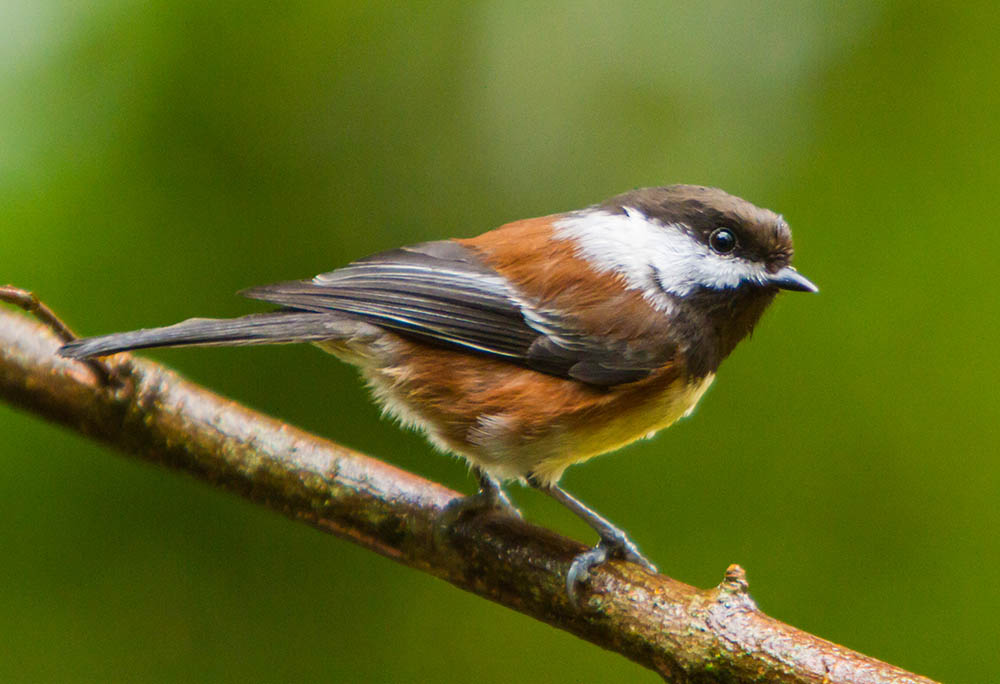Chickadee Lifespan – How Long Do They Live?
Last Updated on

There are seven species of chickadee native to the U.S., including the rare Gray-Headed Chickadee with only a few sightings a year, and the Black-Capped Chickadee, which is found throughout most of the country and regularly sighted in gardens and yards. The birds are popular at feeders, and some people have successfully managed to feed chickadees from the palms of their hands.

What’s the Average Lifespan of a Chickadee?
Typically, these little songbirds have an average life expectancy of only about 2–3 years, although they can live as long as 8 years in the wild and potentially to 10 years in captivity, although they are rarely kept as pets.

Why Do Some Chickadees Live Longer Than Others?
There are a lot of factors that determine how long a chickadee will live. Although most species have roughly the same average life expectancy, there is likely some difference between them. Many chickadees are prey to animals including, but not limited to, foxes, coyotes, snakes, and even some larger birds like eagles and hawks. Illness may also take some, while pet cats are also responsible for taking some chickadees.
The 4 Life Stages of a Chickadee
Below is a rough guide to the four primary stages of a chickadee’s life:
- Egg – Females will lay between five to nine eggs at a rate of approximately one egg per day. Once all the eggs are laid, she will start to incubate them. The eggs will hatch within 14 days of incubation starting.
- Hatchling – The hatchlings remain in the nest for between 14–18 days. During this time, both the male and the female will feed and care for the hatchling, as they continue to develop.
- Fledgling – At about 2 weeks of age, the chickadee will start to fledge or fly from the nest. However, they will continue to return to the nest for feeding for another 2 weeks to a month.
- Adult – Once the young chickadee can fend for itself and gather its own food, it will leave the nest and look for their own group or partner. In winter, they live in small flocks, and in spring and summer, they live in mating pairs.

How to Tell a Chickadee’s Age
According to ornithologists, chickadees are difficult to age using feather shape, which is a common technique used to age birds. In fact, the most commonly used technique to determine age is to check the color of the inside of the mouth, but this is unlikely to be a reliable technique for the garden bird watcher. Look to determine whether the bird returns to a nest and its parents. If so, it is a young bird, typically only a few weeks old. If it is independent, the chickadee could be two months or older.

Final Thoughts
Chickadees are native to the U.S. and found in virtually every area of the country. There are seven varieties, and all are expected to have a lifespan of about 2 years, although some can live to reach 8 years in the wild and 10 in captivity. It is difficult to age a chickadee, with the most reliable method being to check the color of the inside of the bird’s mouth, but the keen birdwatcher can monitor the bird’s activity to determine whether it is still returning to its parents for regular feeds.
Featured Image Credit: JackBulmer, Pixabay
About the Author Robert Sparks
Robert’s obsession with all things optical started early in life, when his optician father would bring home prototypes for Robert to play with. Nowadays, Robert is dedicated to helping others find the right optics for their needs. His hobbies include astronomy, astrophysics, and model building. Originally from Newark, NJ, he resides in Santa Fe, New Mexico, where the nighttime skies are filled with glittering stars.
Related Articles:
10 Types of Hummingbirds in Arkansas (With Pictures)
8 Types of Hummingbirds in Nebraska (With Pictures)
5 Types of Hummingbirds in Idaho (With Pictures)
3 Types of Hummingbirds in Mississippi (With Pictures)
8 Types of Hummingbirds in Kansas (With Pictures)
5 Types of Hummingbirds in West Virginia (With Pictures)
5 Types of Hummingbirds in Ohio (With Pictures)
Where Do Nuthatches Nest? Nuthatch Nesting Habits Explained
